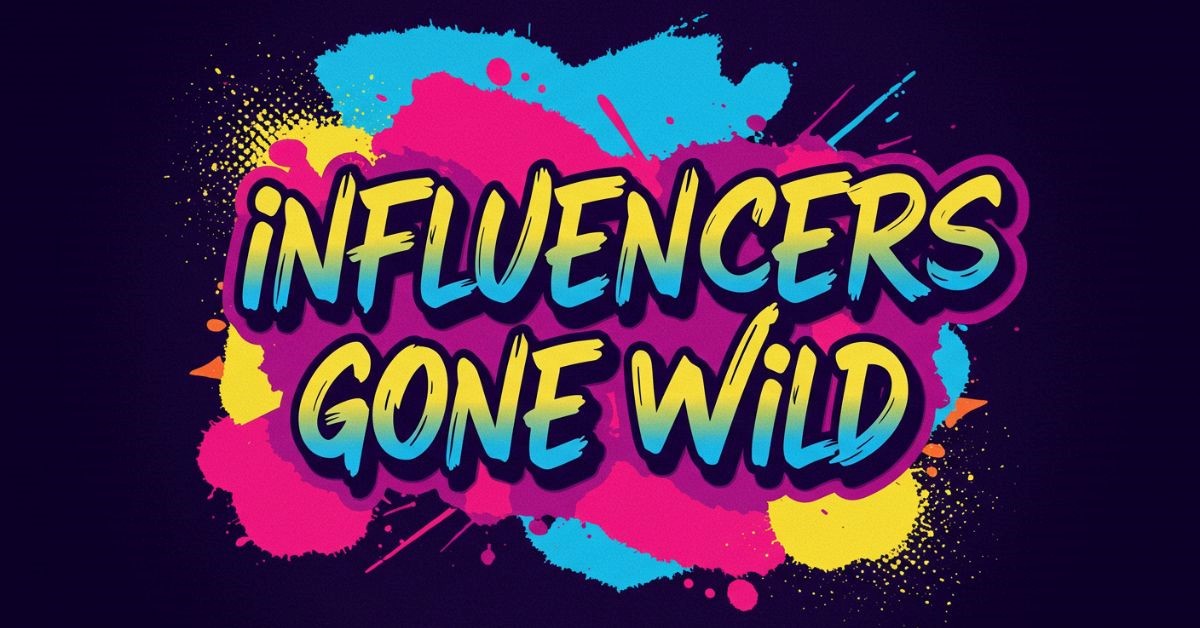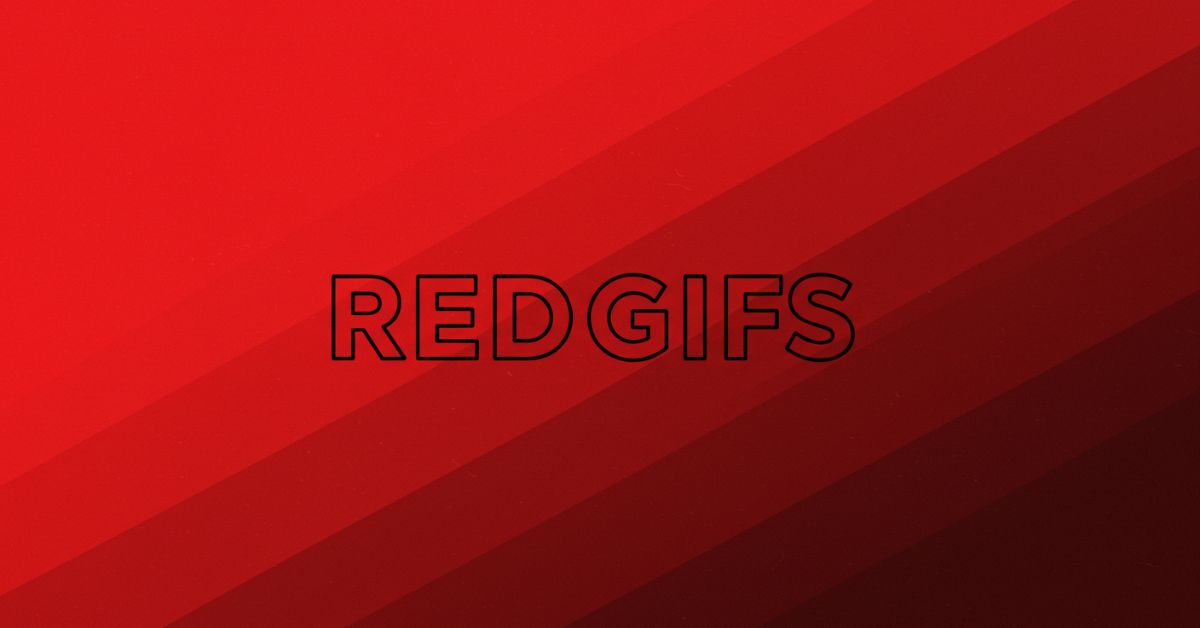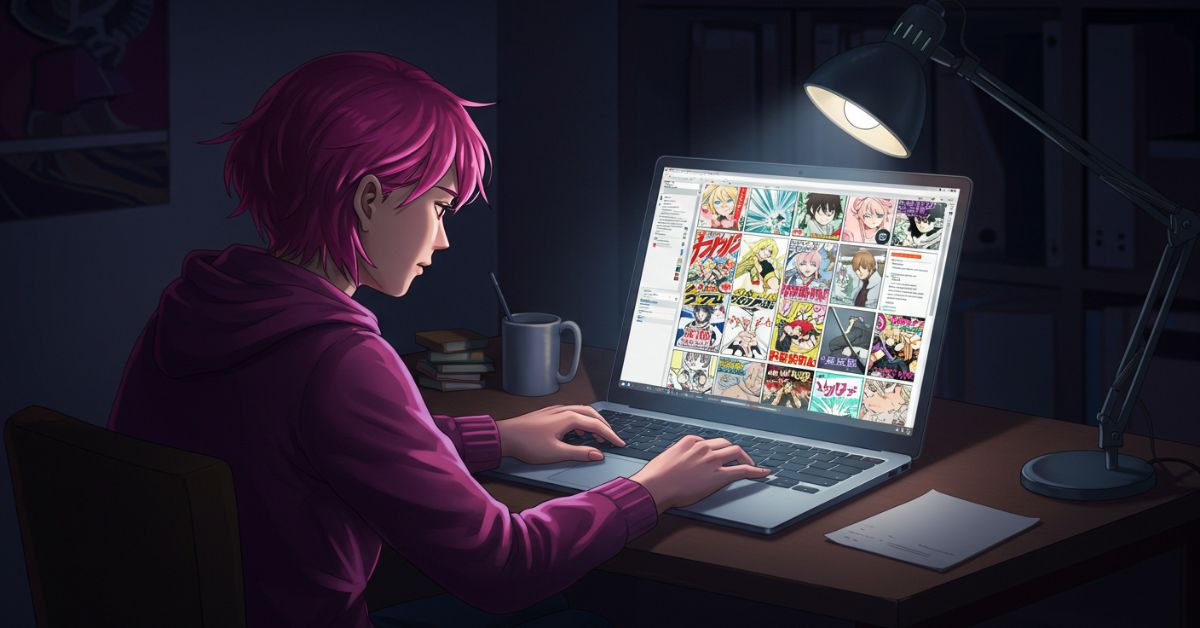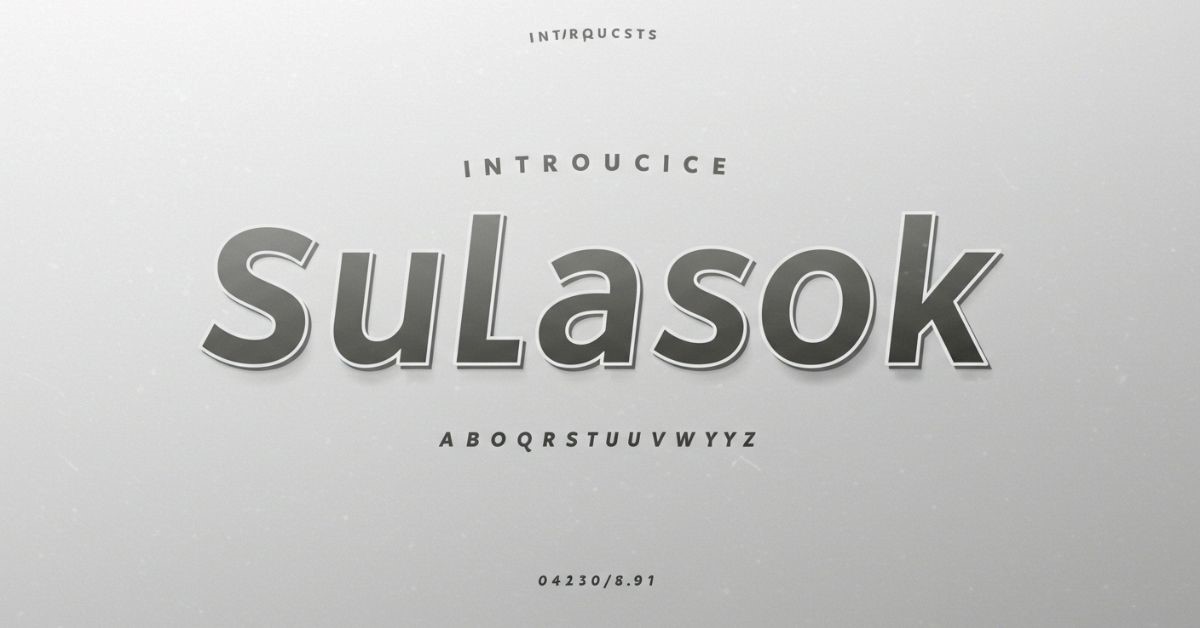The Psychology Behind Influencers Gone Wild Incidents

Strong 8k brings an ultra-HD IPTV experience to your living room and your pocket.
Introduction: Why Do Influencers “Go Wild”?
In the fast-paced world of social media, where millions of eyes are watching, one dramatic moment can turn an influencer into a headline. We've all seen it: a live meltdown, an unfiltered rant, or a scandal that spreads like wildfire. But what's really happening behind the scenes?
“Influencers Gone Wild” isn’t just clickbait—there’s real psychology behind these incidents. To truly understand why influencers spiral, self-destruct, or behave in shocking ways, we need to look beyond the screen.
1. The Pressure Cooker of Online Fame
Social media may look glamorous, but for influencers, it can feel like living in a glass house.
They’re constantly under pressure to:
● Stay relevant: One viral video doesn’t guarantee long-term fame.
● Be perfect: Fans expect influencers to be inspirational, funny, authentic, and flawless.
● Engage 24/7: The algorithm rewards consistency, meaning rest often feels like a risk.
All of this creates a psychological environment that’s high-stress, performance-driven, and emotionally draining—a recipe for public breakdowns.
2. Parasocial Relationships: The Illusion of Intimacy
Influencers are often seen as friends or “real people” by their audiences. This one-sided connection is called a parasocial relationship.
While fans feel emotionally close to the influencer, the influencer doesn’t actually know them. This dynamic creates unique pressure:
● Oversharing becomes normal to keep audiences engaged.
● Boundaries blur, making influencers feel like they owe access to their private lives.
● When they fail to meet expectations, backlash feels deeply personal.
The constant emotional labor of “being everyone’s best friend” can lead to emotional exhaustion and impulsive behavior.
3. Dopamine, Likes, and the Addiction to Validation
Social media platforms are engineered to be addictive. Influencers, like any user, can become dependent on the dopamine hit from likes, shares, and positive comments.
Over time:
● They may chase attention through risky or outrageous content.
● Shock value becomes a tool to maintain visibility.
● If validation slows down, some influencers spiral, feeling irrelevant or forgotten.
This addiction to feedback creates a cycle: create → validate → escalate → burnout → crash.
4. The Ego Trap: Fame and Identity Confusion
For many influencers, their online persona becomes deeply tied to their self-worth. This can lead to an identity crisis when things go wrong.
Psychologically, this is known as the ego trap—when people derive their entire sense of self from external praise.
So, when criticism hits or popularity dips:
● Confidence can plummet.
● A sense of loss of control takes over.
● The influencer may act out, self-destruct, or make erratic decisions to reclaim attention.
It’s not just a public image problem—it’s an internal identity struggle.
5. Mental Health Issues in the Spotlight
Many influencers struggle with anxiety, depression, bipolar disorder, or other mental health challenges—just like anyone else. The difference? They’re often managing it in front of millions of followers.
Signs often ignored until it’s too late:
● Sudden shifts in mood or posting behavior.
● Public arguments or erratic live streams.
● Incoherent or impulsive videos with emotional outbursts.
The result? A highly visible “gone wild” moment that is often a cry for help, not just content.
6. Echo Chambers and Online Isolation
When influencers surround themselves with fans, “yes-men,” and brand teams, they may lose touch with reality.
● Negative feedback is filtered.
● Criticism is dismissed.
● Toxic behavior is normalized within small, insulated circles.
This social media echo chamber can lead influencers to believe their actions are untouchable—until the internet turns on them.
7. The Algorithmic Incentive for Chaos
Let’s not forget the platforms themselves.
Algorithms reward:
● Controversy
● Engagement (even hate comments)
● Shareable drama
This creates a psychological push for influencers to act out, stir the pot, or create chaos. The more outrageous the post, the higher the reach.
Some influencers even lean into the madness, knowingly fueling their own “gone wild” narrative for virality.
8. The Collapse: When Everything Cracks
Eventually, the pressure, mental fatigue, identity issues, and external criticism collide—and an influencer “goes wild.”
This might look like:
● A dramatic quitting video
● A chaotic livestream full of tears or outbursts
● A public feud or breakdown on social media
● An emotional spiral documented for all to see
These incidents are more than just viral moments—they’re psychological breaking points.
9. What Can Be Done?
Influencers are people, not machines. And just like celebrities, they need space, support, and boundaries.
What helps?
● Mental health awareness and therapy access
● Social media breaks without punishment from the algorithm
● Stronger support systems (managers, friends, offline life)
● Digital literacy for audiences to engage more compassionately
We also need to normalize not being online all the time—even for influencers.
Conclusion:
The next time you see a headline like “Influencer Goes Wild,” take a step back.
Behind the chaos is a human being, struggling with intense psychological pressures in a world that never logs off.
These incidents aren’t just gossip—they’re windows into the cost of digital fame, and the very real emotional toll it can take.
Because at the end of the day, influencers may go wild, but they never asked to be perfect.
Note: IndiBlogHub features both user-submitted and editorial content. We do not verify third-party contributions. Read our Disclaimer and Privacy Policyfor details.







